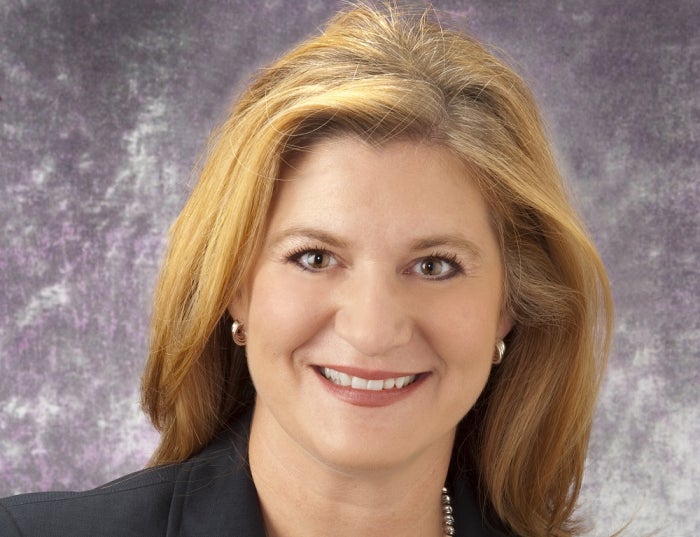
As an alumna, instructor and now vice chair of Post-Professional Education of Pitt’s PT Department, I am uniquely situated to share the many benefits of the University of Pittsburgh’s Master of Science in Physical Therapy program. I joined the physical therapy profession after becoming inspired by the innovative work in the field of orthopedics and sports medicine that was occurring under the direction Dr. Freddie Fu and James (Jay) Irrgang at the UPMC Center for Sports Medicine. They were leading the way in new surgical and rehabilitation techniques that I wanted to be a part of.
A Journey to Physical Therapy
I entered the post-professional master’s degree program with a concentration in musculoskeletal physical therapy as a new graduate in 1999. (I completed my entry-level training with Pitt in April and transitioned quickly into the post-professional master’s program). I completed this course while I was concurrently participating in a sports physical therapy residency program. This experience laid the foundation for me to become a clinical expert recognized across UPMC and the Pittsburgh region. The small class sizes allowed me to enhance my manual therapy techniques while receiving personalized instruction and feedback. I had an opportunity to practice advanced techniques with skilled physical therapists, as many of the instructors were actively engaged in treating patients.
After graduating from the program, I became a board-certified specialist in sports physical therapy and worked full time in a niche practice area managing shoulder and elbow injuries and upper extremity athletes. While working full time for the UPMC Centers for Rehab Services, I had an opportunity to return to the classroom at Pitt SHRS as an adjunct faculty member and I couldn’t say no!
Continued Opportunities at Pitt
I began as a teaching assistant and later as a lead instructor for the upper extremity coursework, which lasted for more than 10 years. I was able to use my real-world experience to give students the encouragement to develop clinical reasoning skills and improve their critical thinking by placing an emphasis on case studies and practical application of the didactic material in the classroom. This teaching fundamental remains at the core of the program today and was the basis for my work in educational offerings to support residency and fellowship training in sports and orthopedic physical therapy.
Now as vice chair of this program, I create opportunities for our post-professional students to fully immerse themselves in the resources of the #1 ranked PT program in the country and learn in state-of-the-art facilities. This includes dedicated lab space and a simulated acute care environment and intensive care lab. I oversee faculty that are actively engaged in research and receive funding from various prestigious agencies such as the National Institute of Health and Department of Defense and watch them bring this experience to the classroom. With these amazing resources, our students are exposed to cutting-edge medicine and learn from world renowned faculty, such as Professor Sue Whitney. In addition, the post-professional master’s degree program has been uniquely designed to provide graduate-level education to international practitioners of physical therapy, thus, giving the Post-Professional Master’s of Science in Physical Therapy (MSPT) students the opportunity to collaborate with physical therapy professionals from all points of the globe.
Written by:

Tara Hankin, PT, MS
Vice Chair and Director of Post-Professional Education, Department of Physical Therapy
Assistant Professor, Department of Physical Therapy
